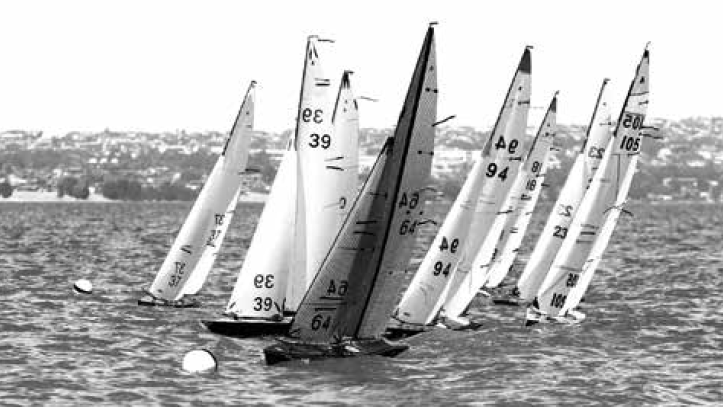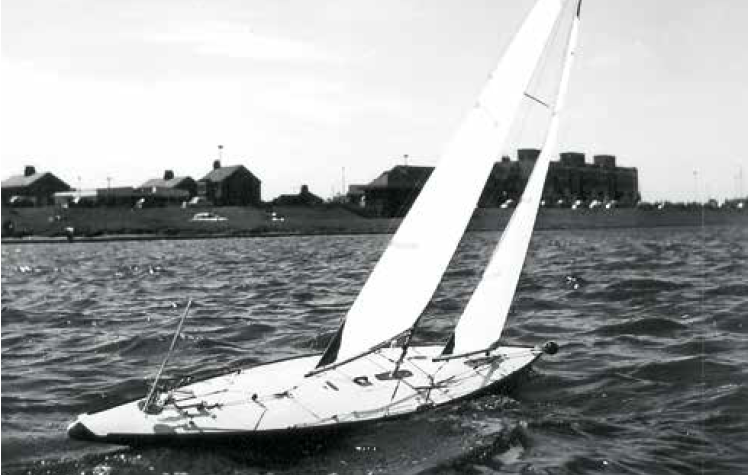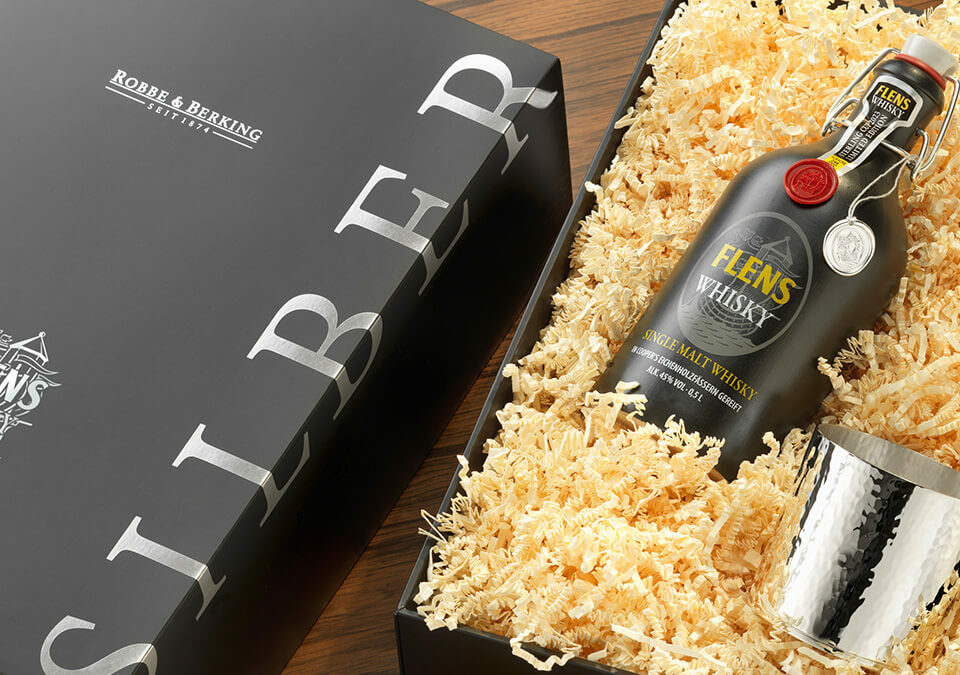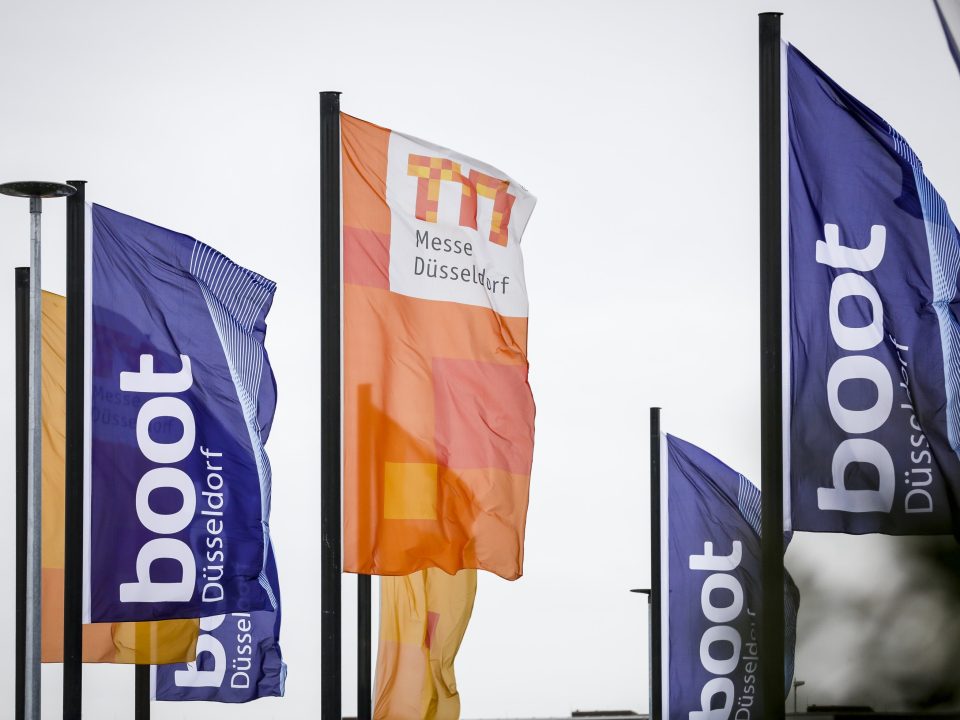
These models were inspired by the Metre Class Yachts. Or the other way around.
The boats of the international ≫A Class≪ are considered the classics among model sailing boats. They almost look like small yachts and in form and proportions, they have striking similarities. However, this is no coincidence. Not only did the model sailors often use the lines of full-sized Metre Class yachts in the design and construction of their boats as an inspiration and example. The A-Class is, just like the Metre Class yachts, a development class and the formula according to which the boats are measured is not unlike the famous Metre Class formula. This ≫Mini-Metre Formula≪ was developed in the years 1922 and 1923 by the then chief editor of the English sailing magazine ≫Yachting Monthly≪, Major Malden Heckstall-Smith. His idea was as obvious as it was ingenious, especially in the times when racing yachts were still developed without the use of scale models in test tanks, which are so often used today: he wanted to give the designers a chance to avoid expensive mistakes when building new racing yachts. Where ideas could be first tested on a reduced size scale model, but still in an active regatta class. The class of the model yachts was a great success, but the hoped-for connection, as test boats for full-sized manned racing yachts, never took place.
Heckstall-Smith’s formula was based on the ≫18-Footers≪ of the magazine, also known as the ≫Yachting Monthly Six Metre≪, on a scale of two inches to one foot. A very similar formula is still used today by the International 5.5mR class, although in a different dimension. The kinship to the metre yachts is, in any case, evident and can be explained from these roots. When the new model boat class later spread internationally, the name ≫A-Class≪ established itself. It is therefore all the more surprising that the professional yacht builders, with just a few exceptions, did not embrace it and stayed away from the A-Class. One quite famous 12mR sailor on the other hand, in his later years, did become president of the British association of model sailors. Sir William P. Burton, sailing friend of the legendary tea baron and many times America’s Cup challenger Sir Thomas Lipton, had built a number of 12s in the course of a long and active sailing career. His last and perhaps most beautiful, but in any case the largest and fastest 12 was Jenetta, designed by Alfred Mylne.
The A-Class certainly developed splendidly. Although initially still dominated by the English, the races became increasingly international, with strong competition coming mainly from Scandinavia and America. German sailors also tried in vain to be competitive, but they mostly remained unsuccessful. In 1972 though, the Pollahn brothers from Hamburg, at that time the cradle of German model sailing, as first German sailors won the coveted ≫Yachting Monthly Cup≪ at the European Championship with their boat Peter Pim. At the very beginning this trophy had been donated by Heckstall-Smith and his magazine to stimulate the regatta activities. The first non-British winner of the trophy was the Norwegian Sam O. Berge, who, like his countryman Johan Anker, had learnt his trade as a naval architect with Herreshoff in America. In 1935 he won the ≫Yachting Monthly≪ trophy in Fleetwood in England with a particularly elegant boat, a long-keeled yacht – a design that at the time was in fact already passe among the model sailors –, she actually looked like a scaled down 12mR yacht. This boat, the Prince Charming, was controlled by a self-developed wind control system that was common on these boats, before the new remote control system changed everything from the mid-1970s onward.
Until then, the model boats simply sailed a straight course across the model sailing pond against their respective opponents using their self steering vanes. The windvane steering system only served to keep the optimal course to the wind. Tacking if executed at all was only done when the boats came close enough to the shore, where they were pushed through the wind by their sailors with long poles. If the shore was not accessible, one started and sailed with the models on the lake, using rowing boats. This changed when modern electronics arrived in the shape of handy remote controls that could also be used for model sailing. Now it was no longer only the highest possible straight line speed on a given course that counted, but suddenly also characteristics such as manoeuvrability were required, since the boats were now able to sail ≫real≪ regatta courses. For some years this has had an influence on the design of the boats themselves, but insiders of the model scene believe that for some time now the designs of the boats are becoming more and more alike. In addition to the ≫RC≪ (Radio Controlled) classes that are more common nowadays, ≫free sailing≪ without remote controls and instead as always with a wind vane is still being used. However, it seems to be becoming more and more difficult for the ≫free sailors≪ to find suitable waters for their races – as all the shores have to be accessible to them. However, whether it be remote-controlled or sailing freely: the A-Class boats are the largest and probably the most elegant of the model boat classes, even if modern A-Class boats are made of carbon fibre. With their length of 1.6 to nearly two metres, correspondingly high masts, a weight of 12 to 18 kilos and 30 centimetres draft, A-Class boats always offer an imposing spectacle. Especially when they are racing!
//
Text: Detlef Jens. Dieser Article appeared in GOOSE No. 26





